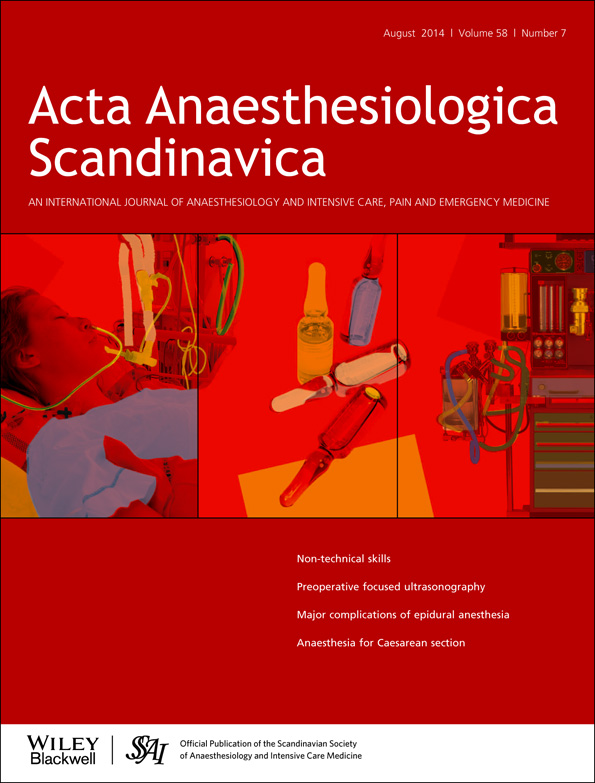Major complications of epidural anesthesia: a prospective study of 5083 cases at a single hospital
Abstract
Background
We undertook a prospective study of non-obstetric epidurals placed in surgical inpatients at a single teaching hospital to evaluate the incidence of and potential risk factors for major complications of continuous epidural anesthesia.
Methods
Demographic information, details of the epidural procedure, and complications (from the pre-anesthetic period through resolution) were recorded for more than 5000 surgical inpatients who underwent continuous epidural anesthesia in our institution between March 2009 and April 2011. The incidence of and risk factors for major complications were evaluated.
Results
During the study period, 5083 patients were interviewed and their details were recorded (98% capture rate). Sixty-nine (1.36%) experienced major complications: epidural hematoma in 1 patient (0.02%), post-operative neurologic deficits in 57 patients (1.12%), post-dural puncture headache in 7 patients (0.14%), and systemic local anesthetic toxicity in 4 patients (0.08%). Only one patient had permanent sequelae: unilateral lower limb paresthesia. Identified risk factors for neurologic deficits were as follows: American Society of Anesthesiologists status II–III, siting in the lumbar region, orthopedic and urologic surgery, multiple attempts to site an epidural, paresthesia during insertion, a history of neuraxial anesthesia, and use of patient-controlled epidural analgesia.
Conclusions
Serious complications were very rare; only one patient had permanent sequelae, and a single epidural hematoma was diagnosed. Post-operative neurologic deficits were more common, but most complications resolved spontaneously within 3 months and they rarely required intervention.




